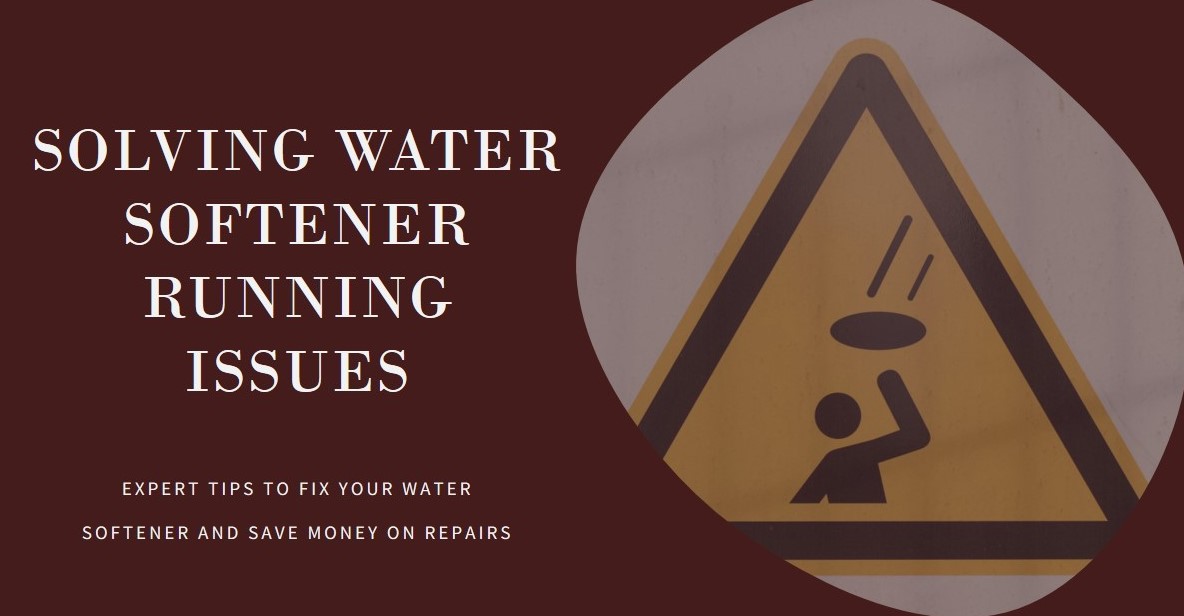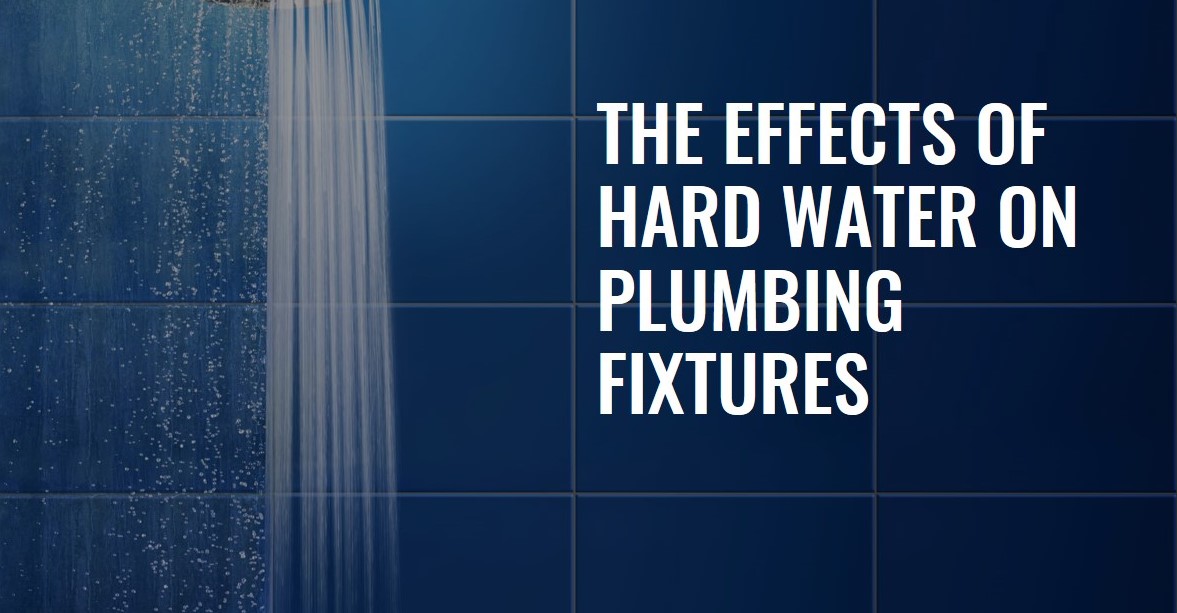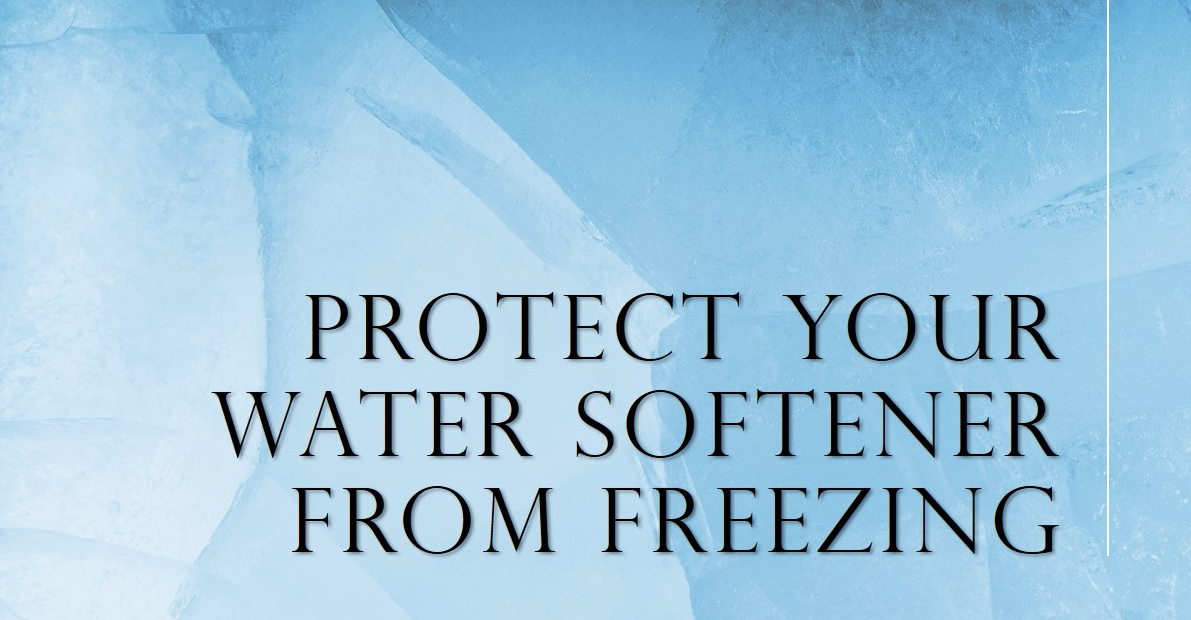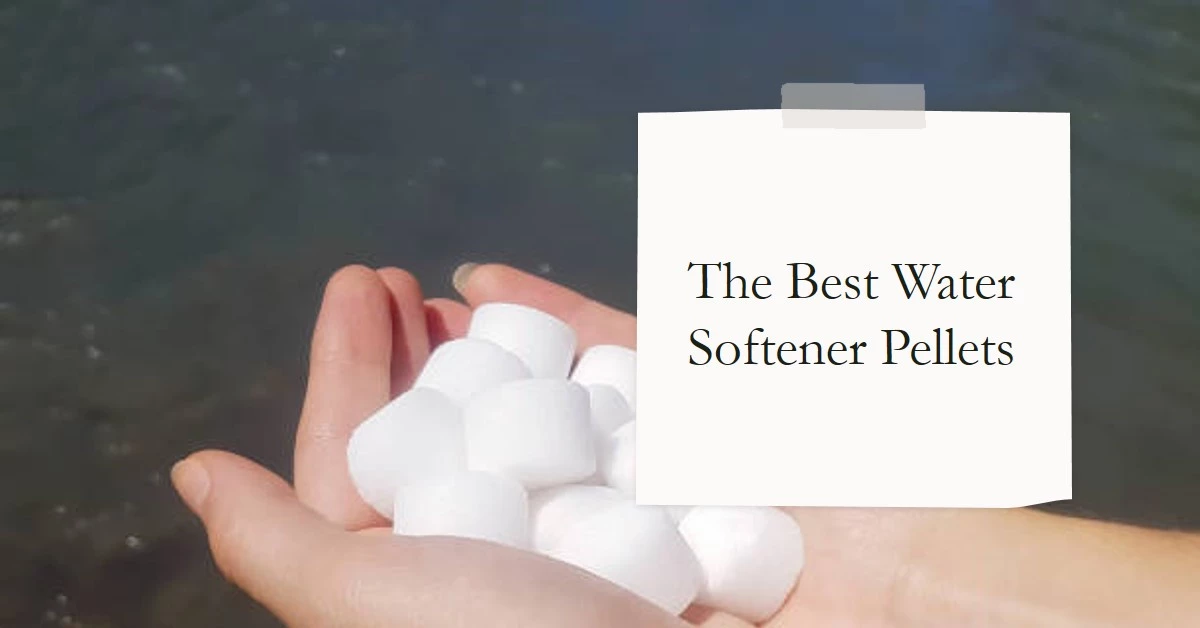Has your water softener been continuously cycling or regenerating even when no water is being used? This frustrating issue of a water softener that won’t stop running can lead to excess water drainage and higher utility bills.
In this comprehensive guide, we’ll cover the common causes of water softeners that keep regenerating, provide troubleshooting tips to diagnose the problem, and give step-by-step instructions for DIY repairs to fix the issue.
How Do Water Softeners Work?
First, let’s do a quick overview of how water softeners work so you better understand what’s happening when yours keeps running.
Water softeners use a process called ion exchange to remove minerals like calcium and magnesium from hard water. Inside the softener is a resin bed which attracts and binds to the hard mineral ions.
During the regeneration cycle, the resin bed is flushed with a brine solution (a very salty water mixture). This causes the hard mineral ions to release and be washed away.
Ideally, your water softener should only regenerate every 3-5 days depending on your household’s water usage and hardness level. Excessive regeneration cycles point to an underlying issue.
7 Common Causes of Continuous Softener Regeneration
If your water softener keeps running through regeneration cycles even when no water is being used, one of these 7 problems is likely the culprit:
- Faulty control valve – The valve fails to close properly, causing constant regeneration. This is one of the most common reasons water softeners keep cycling.
- Clogged brine line – Debris blocks the brine line and prevents the softener from completing the regeneration process.
- Stuck float – The brine tank float gets stuck, keeping the valve open for continuous flushing.
- Bad timer – A faulty timer causes the softener to regenerate at the wrong times regardless of actual usage and water hardness.
- Control settings need adjustment – If set incorrectly, the regeneration frequency, time of day, and other settings can lead to excessive cycling.
- Low salt level – Without enough salt, the softener can’t properly regenerate and repeatedly tries.
- Resin bed issues – Damaged resin, improper loading, and backwashing problems can all trigger unwanted regeneration.
Now that you know why your water softener may keep running, let’s go over some tips for troubleshooting the issue.
Troubleshooting Water Softeners That Won’t Stop
Pinpointing what’s causing unwanted continuous regeneration takes some hands-on diagnostics. Follow these troubleshooting steps:
Inspect the Control Valve & Float
The control valve and brine tank float are common problem parts. Check for:
- Damaged, leaking, or stuck valve
- Worn valve seat or seals
- Float sticking in the up position
- Obstructions blocking float movement
Repair or replace defective valves and floats. Clean and ensure floats move freely.
Check Brine Tank & Brine Line
Issues in the brine tank like clogs or low salt levels can lead to constant regeneration.
- Inspect the brine line for buildup and clogs. Clean out any debris.
- Make sure there is adequate salt in the brine tank based on size.
- Check for salt bridges forming that prevent proper brining.
Test the Timer & Softener Controls
An improperly set timer or inaccurate softener control settings cause continuous cycles:
- Test the timer motor and gears for defects. Replace any worn parts.
- Verify regeneration time settings match your usage patterns.
- Check water hardness and regeneration frequency settings. Adjust as needed.
Measure Water Usage & Hardness
Use a water meter and hardness test kit to collect data:
- Track daily water usage and hardness over a week
- Compare to softener settings – are they aligned?
- Note cycles during low to no usage periods pointing to issues
Bypass the Softener to Test
Bypassing the softener with the built-in bypass valve isolates it from the water supply.
- If regeneration cycles stop, the issue is with the softener.
- If it continues, look at the household plumbing system.
Through methodical troubleshooting, you can zero in on what needs fixing. Next we’ll go over repairs.
How to Fix Continuous Water Softener Regeneration
Once you’ve identified the culprit for the constant regeneration, here are tips for resolving some of the most common water softener issues:
Replace a Defective Control Valve
Replace a leaking or malfunctioning control valve with a new valve kit matching your softener model. Steps:
- Shut off water and power to softener.
- Relieve pressure and open the brine tank.
- Disconnect inlet and outlet plumbing connections.
- Unscrew valve control head and disconnect valve mechanism.
- Install new valve with fresh seals and reattach control head.
- Reconnect plumbing and restore power and water.
Be sure to program the new valve properly. Test for leaks and proper cycling.
Unclog a Blocked Brine Line
A clogged brine line prevents successful regeneration. To fix:
- Disconnect brine line from softener control valve.
- Remove and disassemble brine line for cleaning.
- Flush debris from line with water and pipe cleaners.
- Reassemble and reconnect brine line to valve.
- Run a manual regeneration cycle to test flow.
Watch for future buildup indicating line screen needs replacement.
Replace a Stuck Float
Stuck floats keep the valve open for constant flow. Swap in a new float:
- Drain and remove the old float from the brine tank. Clean mounting.
- Install the replacement float with smooth movement up and down.
- Adjust float height as needed to control shut off.
- Test operation through full cycle. Ensure float turns water off.
Lubricate the guide rods and clip periodically to prevent sticking.
Adjust Timer Settings
If a faulty timer is causing random regeneration, reprogram it:
- Reset to the proper time of day.
- Set regeneration time for optimal low-use periods.
- Adjust hardness level setting to your actual hardness.
- Change frequency based on water usage and members of household.
Refer to manufacturer guides for your specific timer programming steps.
Add Salt to the Brine Tank
Refill the brine tank with salt according to the manufacturer’s recommendations based on tank size.
Properly filling and maintaining salt levels prevents the softener from regenerating due to inadequate brine solution.
Replace the Resin Bed
With damaged or improperly loaded resin, the softener struggles to regenerate fully. Replace the resin bed:
- Remove resin tank from softener control valve.
- Scoop out old resin into trash (or reuse if still functional).
- Add new resin bed per manufacturer instructions.
- Reattach resin tank to softener valve.
- Run a manual full cycle to pack resin bed.
Loading new resin resets the softening capacity. But check other parts for issues too.
When to Call a Professional for Your Water Softener
Some water softener repairs are quick DIY fixes, but certain issues require a professional:
- Major softener component replacements
- Electrical and programming work
- Additional troubleshooting for tricky problems
- Installation assistance if lacking tools/skills
If you’ve tried the repairs outlined here and your water softener still keeps running constantly, call a water treatment professional.
Continually troubleshooting a problematic softener yourself can get frustrating. A water softener technician can assess the situation and fix it properly so you can be reassured the issue is fully resolved.
Key Takeaways for Fixing Water Softeners That Won’t Stop Regenerating
Having a water softener that continuously regenerates is annoying and wasteful. But in many cases, you can identify and fix the problem yourself with some diligent troubleshooting and straightforward repairs.
The key takeaways for resolving a water softener that keeps cycling are:
- Inspect components like the control valve and brine tank float. Look for worn parts needing replacement.
- Check for clogged lines, low salt levels, and incorrect settings causing bad regenerations.
- Methodically test and isolate where the problem lies.
- Make repairs like replacing the control valve, unclogging brine lines, adjusting settings, adding salt, etc.
- Don’t hesitate to call in a professional for complex repairs or persisting issues.
Following the tips in this guide will stop your water softener from running nonstop so you can get back to enjoying softened water with lower utility bills.
FAQs
Why does my water softener keep regenerating?
Common causes for a water softener continuously regenerating include a faulty control valve, clogged brine line, stuck float, bad timer, incorrectly set controls, low salt level, and resin bed issues. These problems prevent the softener from completing the regeneration cycle properly.
How do I diagnose why my water softener won’t stop cycling?
To diagnose the issue, inspect the control valve and float, check the brine tank and lines, test the timer and settings, measure daily water usage, and bypass the softener to isolate the problem. Methodically troubleshoot each component to identify the cause.
What are the steps to fix a water softener that keeps running?
First diagnose the specific issue. Then make repairs like replacing the control valve, unclogging brine lines, swapping the float, adjusting timer and softener settings, adding salt to the brine tank, or reloading the resin bed. Fixing the underlying problem will stop unwanted water softener regeneration.
How can I prevent my water softener from constantly regenerating?
Regular maintenance like cleaning brine lines, replacing worn parts, checking salt levels, optimizing settings, and servicing the resin bed will help prevent issues that cause excessive water softener regeneration. Catching problems early also avoids constant cycling.
When should I call a professional for water softener repair?
Contact a water treatment professional for complex repairs like major component replacements, electrical and programming issues, or persisting problems after you’ve tried troubleshooting. They have the expertise to fully diagnose and fix tricky softener regeneration issues.





